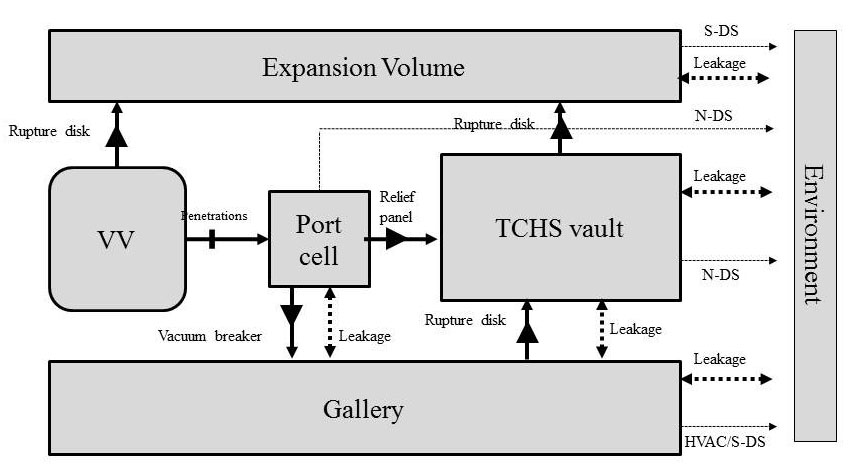
A research team led Prof. YU Jie and CHEN zhibin from The Institute of Nuclear Energy Safety Technology, Hefei Institutes of Physical Science (HFIPS) reported a quantitative risk assessment methodology for fusion demonstration reactor accidents.
In this research, the team analyzed fusion specific accident characteristics comprehensively. Then, they presented the postulated initiating events as well as possible environmental release routes for Fusion Demonstration Power Plant (DEMO).
Compared with the traditional R=P*C probabilistic risk assessment method, this method based on CCDF is more comprehensive and provides a reference for the future safety assessment of fusion reactors.
The deterministic assessment is applied to design basis accidents, while the coupling of deterministic assessment and probabilistic assessment is suggested for design extension conditions. This is the first time scientists proposed the societal risk of DEMO presented by a Complementary Cumulative Distribution Function (CCDF) risk curve.
Fusion energy is considered the ultimate energy source for mankind. However, the fusion reactors are characterized by high-energy neutrons, large amount of radioactive tritium, complex structure and extreme service environment, and thus it has unique potential safety issues, which is distinct from other nuclear energy systems.
The traditional safety assessment methods developed based on the fission reactor experience are not fully applicable to the fusion reactor. Therefore, it is necessary to study the risk assessment method specialized for fusion reactors.
This research was supported by grants from National Natural Science Foundation of China and National Key R&D Program of China.
Link to the paper: A quantitative risk assessment methodology based on CCDF risk curve for accidental releases from fusion reactors

Potential release routes in the case of in-vessel LOCA (Image by WANG Zhen)
Contact:
ZHAO Weiwei
Hefei Institutes of Physical Science (http://english.hf.cas.cn/)
Email: annyzhao@ipp.ac.cn